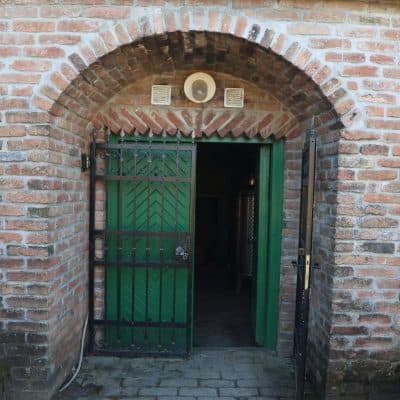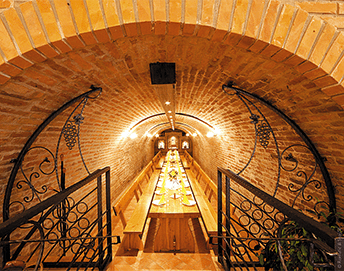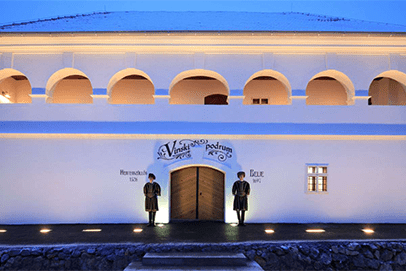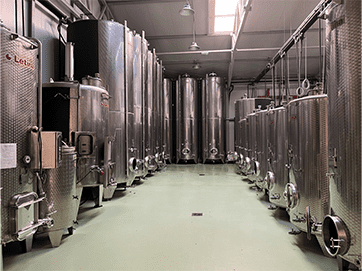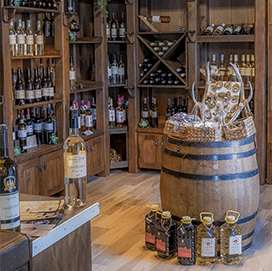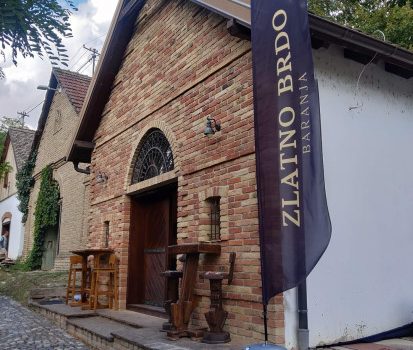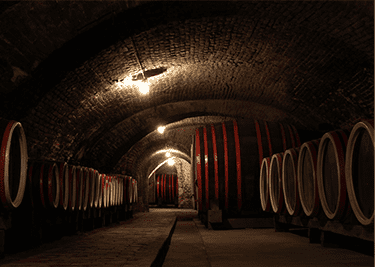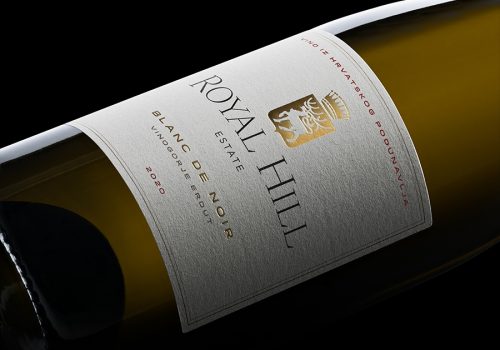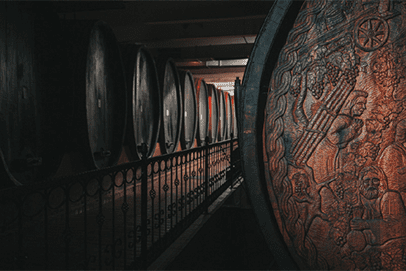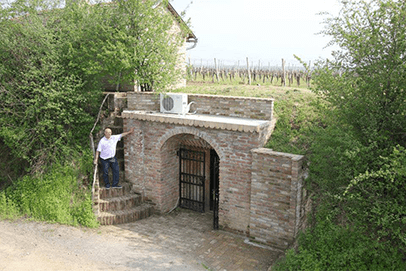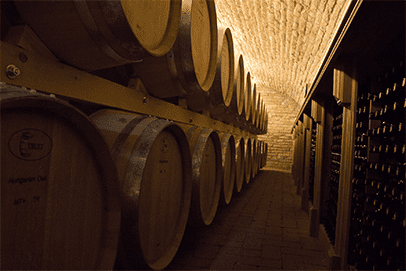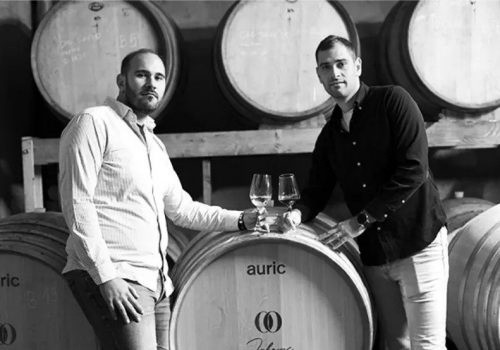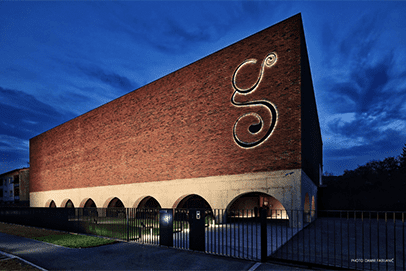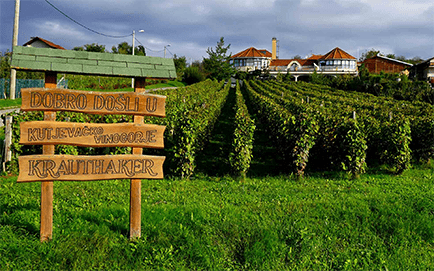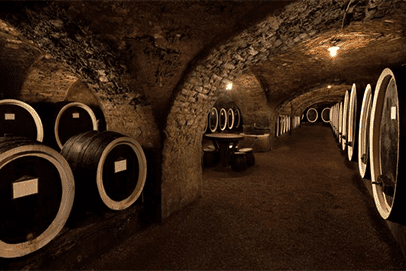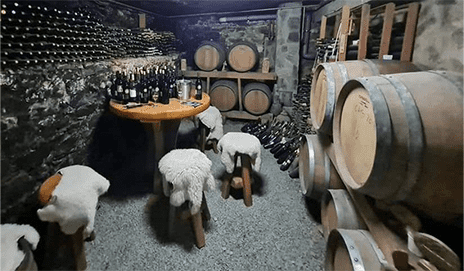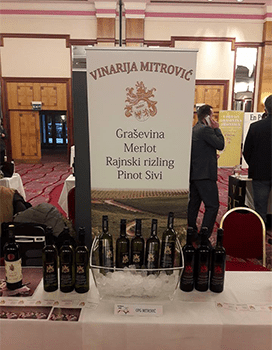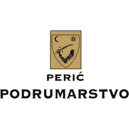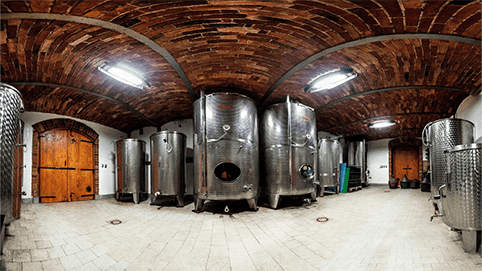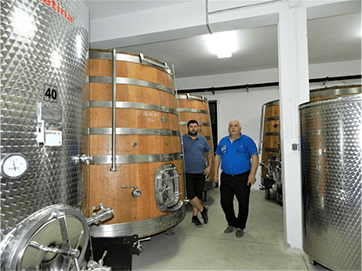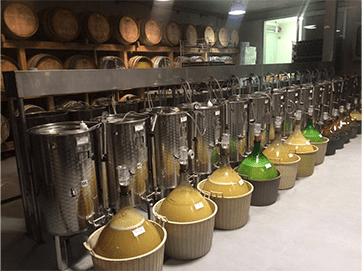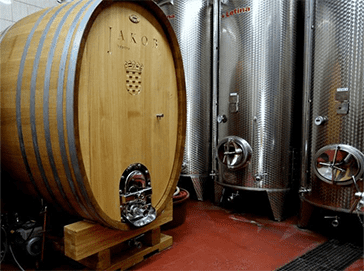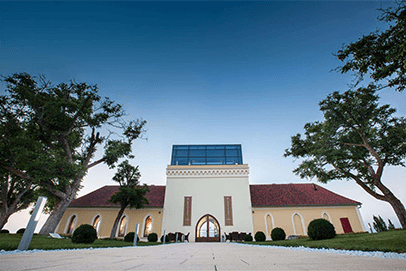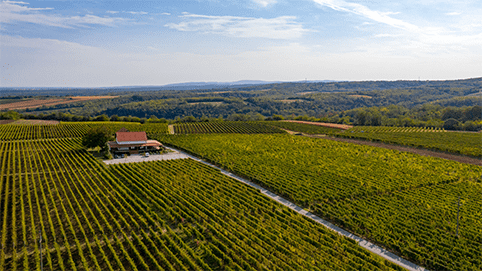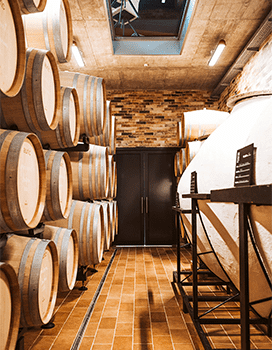
Welcome to Slavonia and the Croatian Danube Region – a region of premium wines!
Slavonia and the Croatian Danube Region have a thousand-year-old tradition of wine production. The oldest traces of wine enjoyment in the area of the former southern Pannonia can be traced back to the Early Iron Age, between the beginning of the 8th and the end of the 5th century BC. The cultivation of grapevines and wine production began during the Late Iron Age (end of the 4th – end of the 1st century BC).
By the time the Romans conquered this area, there was already a tradition of viticulture and wine production, which they further advanced. Wine production continued even after the fall of the Western Roman Empire, throughout the Middle Ages. The cultivation of grapevines gained new momentum with the arrival of French monks, Cistercians, whom the Hungarian-Croatian King Bela IV settled. The wine produced during the Middle Ages was the most famous and highly esteemed wine in the continental parts of the Hungarian-Croatian Kingdom.
The modernization of grapevine cultivation, along with the application of leading scientific and technical achievements in wine production, as well as numerous promotional activities, contributed to the further affirmation of wines from the region in European markets during the 19th century. Through family and business connections, Eastern Croatia, particularly the nobility, became linked to advanced wine-growing regions in Europe (Odescalchi, Eltz, Turković, Schaumburg-Lippe, Pejačević, Adamović, Mihalović, and others).
Today, the region of Slavonia and the Croatian Danube Region is home to more than 350 wineries and 5,800 hectares of vineyards that produce over 30 million liters of wine annually, making us the largest wine producers in Croatia.
The wines produced here, such as the royal Traminac, are among the best in the world, and the true queen of the Slavonia and Croatian Danube Region is Graševina, planted on 4,300 hectares.

